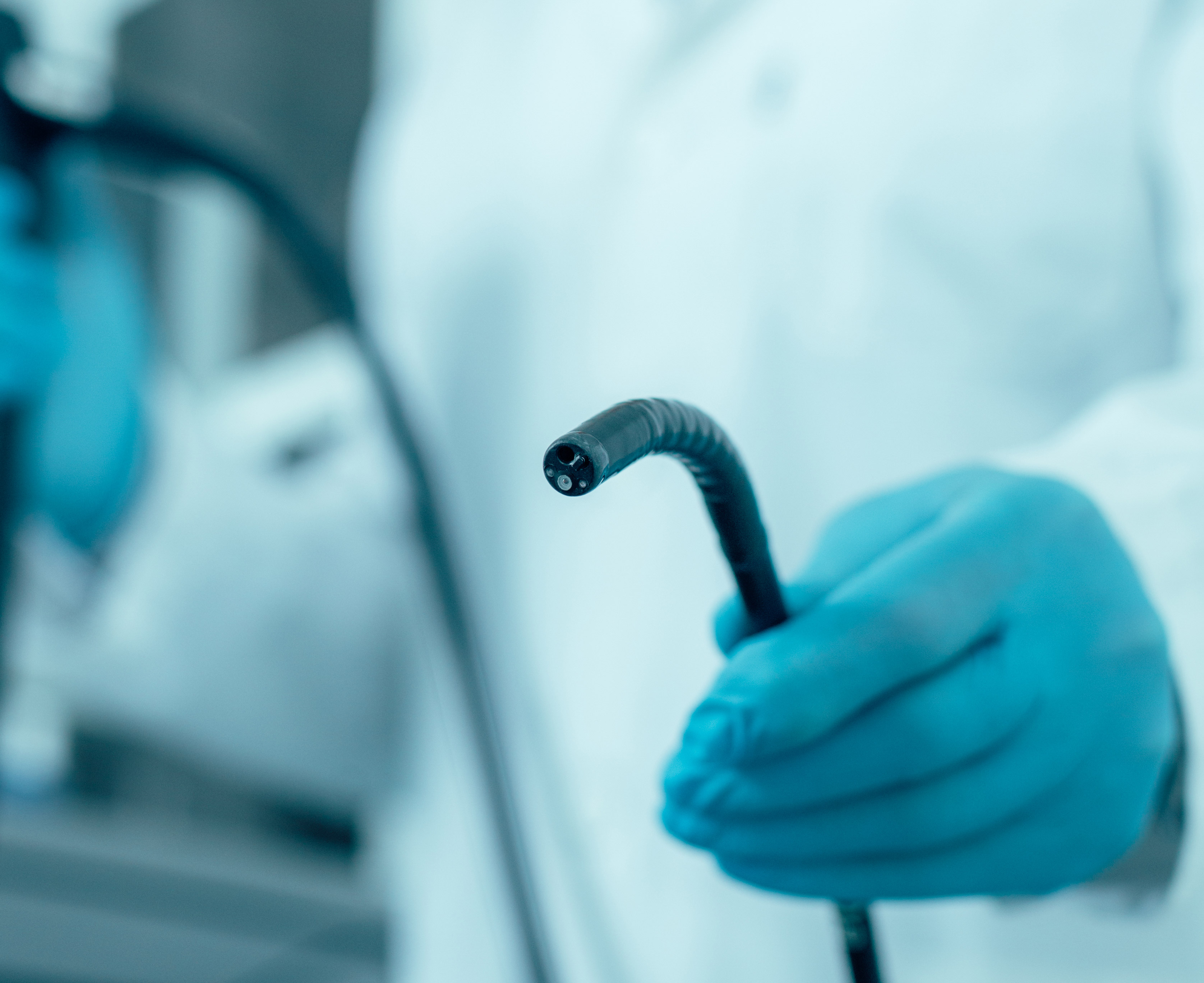
Factors to consider when weighing which endoscopes make the most sense for your facility include cost, time, infection rate and environmental impact.
The popularity of single-use options continues to grow as the camera quality improves in newer iterations, according to an article in The Source, a magazine published by HeathTrust Performance Group, a healthcare purchasing organization headquartered in Nashville.
Ambu A/S launched the world’s first single-use flexible endoscope more than 20 years ago, but “their popularity has exploded over the last five years as costs have come down and image quality has improved,” according to The Source.
Single-Use Endoscopy is an Ambu USA Learning Center.
The Source spoke to a pair of physicians as well as a former director of clinical research and education at HealthTrust laid out compelling infection prevention as well as financial reasons for switching to single-use endoscopes, but also cited environmental concerns as potential roadblocks.
Dr. William Cloud, chief medical officer at Baptist Memorial Health Care, which operates hospitals in three southern states, and a general surgeon with 35 years of experience, told The Source that hepatitis A and E. coli are commonly transmitted with gastrointestinal endoscopes while bronchoscopes carry the risk tuberculosis and bacterial infection transmissions.
“The infection risk of getting a communicable disease from a reusable endoscope is statistically low, but what if you can make the risk zero?” Dr. Cloud said.
Dr. Gregory Neal, a general surgeon at The Surgical Clinic, a network of private practice surgeons in Middle Tennessee, said that about 15 years ago a hospital he previously worked for endured an issue involving its bronchoscopes. The infectious disease team found contamination related to a design change in from a few years prior where one of the parts wasn’t getting disinfected properly due to a manufacturing defect.
“We had to go back to the manufacturer, and it revised the cleaning process,” Dr. Neal said.
Negative environmental impacts are the most significant concerns associated with single-use endoscopes, according to The Source.
In evaluating endoscopy costs, the article says, factor in the staff time in the scope disinfection process, infection risk, and the cost of repairs. Reprocessing is a cumbersome and time-consuming task that may lead to delays in care, which Dr. Cloud said led his institution to transition.
“Urologists would need to scope a patient at the bedside or in the ED, and there wasn’t a cystoscope available because it was being processed, or there wouldn’t be staff available to process the scope in time for the next patient” he said.
Staff at Baptist Memorial currently use single-use cystoscopes and bronchoscopes. The leadership team there believes it is the direction the industry is headed, according to the article.
“We are costing it out and seeing that the image quality is now there, the upfront costs are lower, there is zero risk of communicable disease transmission, and you don’t have to pay for cleaning and reprocessing,” Dr. Cloud said.


